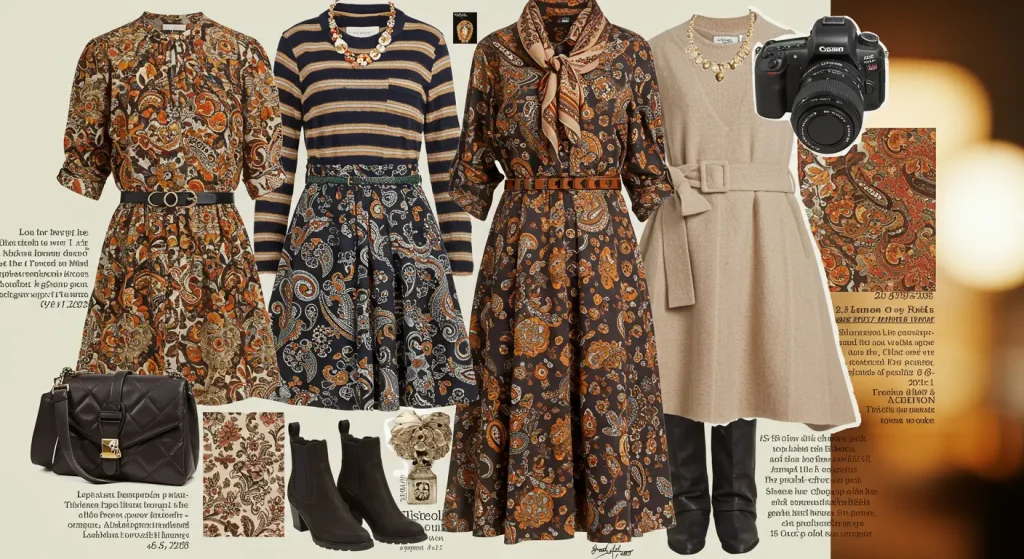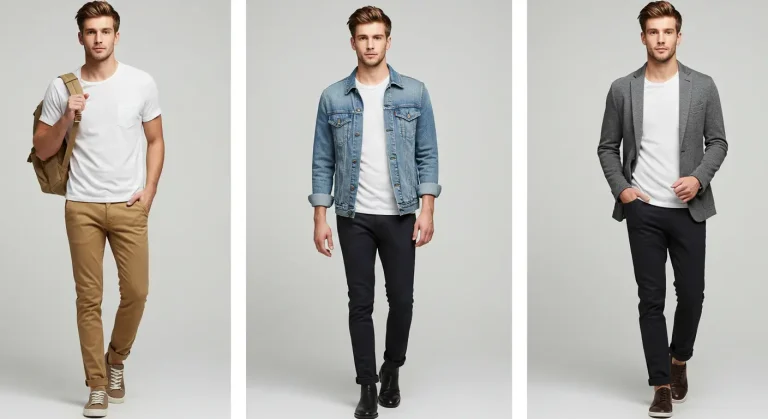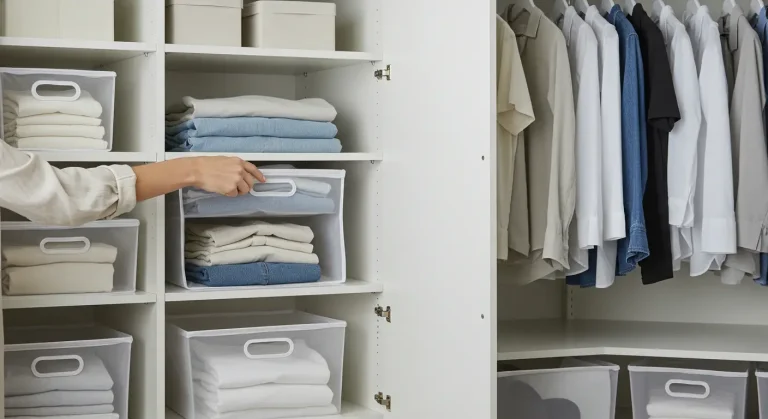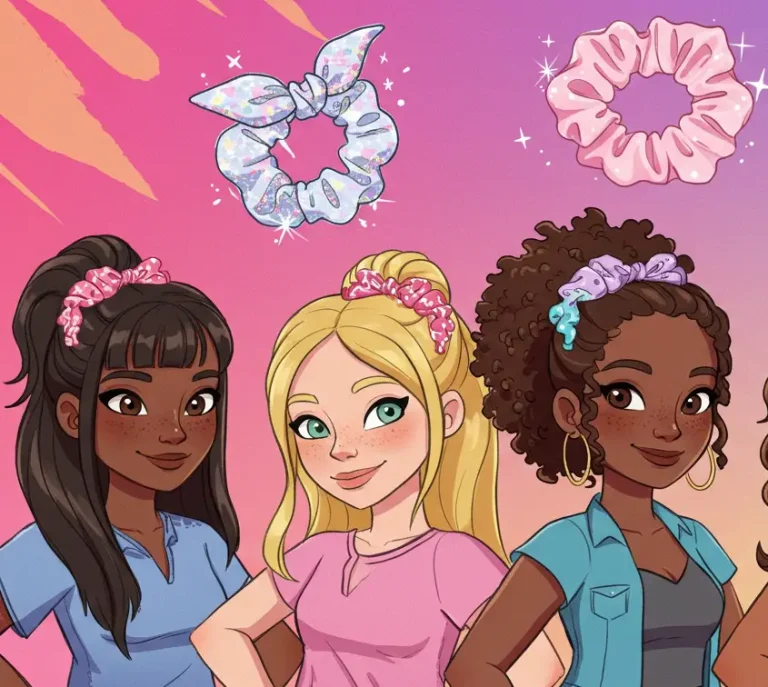When you think about mixing prints, what’s the first thing that comes to mind? Is it the bold patterns of leopard print clashing with stripes, or maybe floral prints competing for attention with checkered designs? Mixing prints can be intimidating for many, and for a good reason. Done wrong, it can leave you looking like you’re trying a bit too hard. But the truth is, mixing prints can be a lot of fun when done correctly – and with a little guidance, you’ll be able to pull off the look effortlessly.

In this article, I’m going to break down how you can mix prints like a fashion pro and still look polished, stylish, and comfortable. I’ll share my tips, step-by-step strategies, and real-life examples to help you incorporate prints into your wardrobe with confidence. By the end, you’ll have a deeper understanding of how to create stunning outfits that balance pattern, texture, and color.
Why Should You Mix Prints?
At first glance, mixing prints might seem like a fashion faux pas. However, when done right, it allows you to show off your creativity and personal style. Instead of sticking to safe, solid-colored pieces, mixing prints gives your outfits dimension, making them visually interesting. Prints also allow you to express yourself more boldly, so you can make a statement without saying a word.
Here’s why mixing prints is worth trying:
- It creates visual intrigue: Prints add layers to an outfit, making it more captivating and memorable.
- It reflects your personality: Mixing prints lets you play with your own sense of style and experiment with different looks.
- It’s versatile: You can mix prints in every season, making them suitable for both casual and formal occasions.
When done right, mixing prints can make your wardrobe feel fresh and dynamic, without being overwhelming.
How Do You Mix Prints Without Looking Over the Top?
One of the biggest fears people have about mixing prints is that they’ll end up looking over the top. This is a legitimate concern, but there are simple ways to ensure your outfits don’t feel chaotic or mismatched.
Start with One Print as the Focal Point
The key to mixing prints is balance. Choose one print to be the focal point of your outfit and let the other prints complement it. For example, if you’re wearing a bold floral print, pair it with a subtle geometric or striped print that doesn’t overpower it. This allows one print to dominate, while the other adds texture without stealing the spotlight.
- Floral and Stripes: Floral prints can be vibrant and detailed. Pair them with thin, vertical stripes to keep the look cohesive but still bold.
- Leopard Print with Solid Colors: If you love animal prints but don’t want them to overwhelm your look, pair a leopard print top with a solid-colored skirt or pants.
You don’t need to go overboard. The goal is to have one print that stands out, while the others are more subtle.
What Are the Best Print Combinations?
When it comes to mixing prints, some combinations work better than others. Here are a few tried-and-true pairings that will help you get started:
1. Floral and Stripes
A classic combination. Floral prints add a playful, feminine touch, while stripes bring in a more structured, linear element. The trick is to vary the scale of the prints – use a large floral print with smaller stripes or vice versa.
2. Polka Dots and Stripes
Polka dots are a timeless print, and when paired with stripes, they create a chic, modern look. This combination works because both prints have a similar geometric structure, so they visually balance each other out.
3. Plaid and Animal Prints
Plaid may feel a bit traditional, but when paired with something wild like leopard or zebra print, it becomes an edgy statement look. Just make sure to pick a plaid print that isn’t too loud (think smaller checks or muted tones) to allow the animal print to stand out.
4. Checks and Florals
Checks are structured and symmetrical, while florals are organic and free-flowing. When mixed, the contrast between structure and softness creates a dynamic look. To keep it from being too much, balance the colors—either go with complementary tones or keep the florals in more neutral shades.
How Do You Match the Colors in Mixed Prints?
When mixing prints, color coordination is key. You don’t have to stick to one color palette, but you should make sure there’s some level of harmony in your outfit.
Choose Complementary Colors
- Warm tones with warm tones: Pair prints with warm hues like oranges, reds, and yellows together.
- Cool tones with cool tones: Prints that lean toward blues, greens, and purples will naturally complement each other.
By keeping the color story cohesive, you’ll prevent your prints from clashing.
Play with Neutrals
If you’re new to mixing prints, start with neutrals like black, white, or beige. These colors are like a blank canvas that can make prints pop without competing with them. Neutral colors allow you to experiment without feeling like you’re committing to too much.
Incorporate a Solid Base
When in doubt, use a solid base as the grounding element for your prints. For instance, wear a solid-colored jacket or trousers to complement a print-heavy top. This helps anchor the look and ensures it doesn’t feel too busy.
Should You Mix Different Types of Prints?
You may wonder if mixing two bold prints like animal print and geometric patterns is too risky. The answer depends on how you approach the mix.
Stick to a Theme
If you want to mix two bold prints, make sure they share a theme or common element. For example, you could mix two prints inspired by nature, like floral and leaf patterns, as they share a natural, earthy vibe. Similarly, mixing two geometric patterns like stripes and polka dots works because both prints are abstract in nature.
Contrast But Complement
Look for prints that contrast in scale or style but still complement each other in some way. If one print is large and bold, balance it with a smaller, more intricate print.
- Example: A large-scale floral pattern with a delicate polka dot pattern can work because the two prints contrast in size but align in tone.
Can Accessories Help Balance Mixed Prints?
When you’re trying to mix prints, accessories can play a crucial role in bringing everything together. For example, if you’re reworking your wardrobe and want to add a fresh twist to your old favorites, like styling your favorite old t-shirt in a new way, accessories can help elevate your printed outfits.
Choose Neutral Accessories
A neutral bag, shoes, or belt can help tone down the intensity of your prints. This is especially helpful if you’ve gone all out with bold patterns. Accessories in neutral colors can serve as a visual break, giving your eyes a chance to rest without sacrificing style.
How Can You Make Mixed Prints Work for Different Occasions?
Just because you’re mixing prints doesn’t mean it’s only for casual settings. You can adapt the style to suit different occasions.
For Work: Keep It Subtle
At the office, you don’t want to go too bold with your prints. Opt for subtle combinations like floral tops with striped trousers, or a checkered blazer paired with a solid-colored dress. This way, you still add interest to your outfit while maintaining professionalism.
For Casual Outings: Be Bold
When heading out with friends or for a weekend brunch, feel free to experiment with more daring combinations. Pair a statement floral blouse with leopard-print shoes and a plaid jacket. It’s playful and fun, yet still stylish.
For Evening: Go Glam
For evening events or date nights, consider mixing prints in a more sophisticated manner. A black and white polka-dot dress with a printed clutch or a leopard-print skirt with a silky blouse can make a fashion-forward statement without being too overwhelming.
Conclusion
Mixing prints might feel intimidating at first, but with a few simple strategies and some practice, it can become one of your go-to fashion tricks. The key is balance—whether it’s with size, color, or print type. Start small by mixing a bold print with a subtle one, and gradually work your way to bolder combinations. Use accessories to tone things down when needed, and always make sure your prints complement each other rather than clash.
With these tips, you can confidently mix prints and express your unique style in ways you never thought possible. So go ahead—experiment with those florals, stripes, and checks, and have fun mixing prints like a pro!
For more fashion tips and outfit inspiration, check out our fashion guides.







